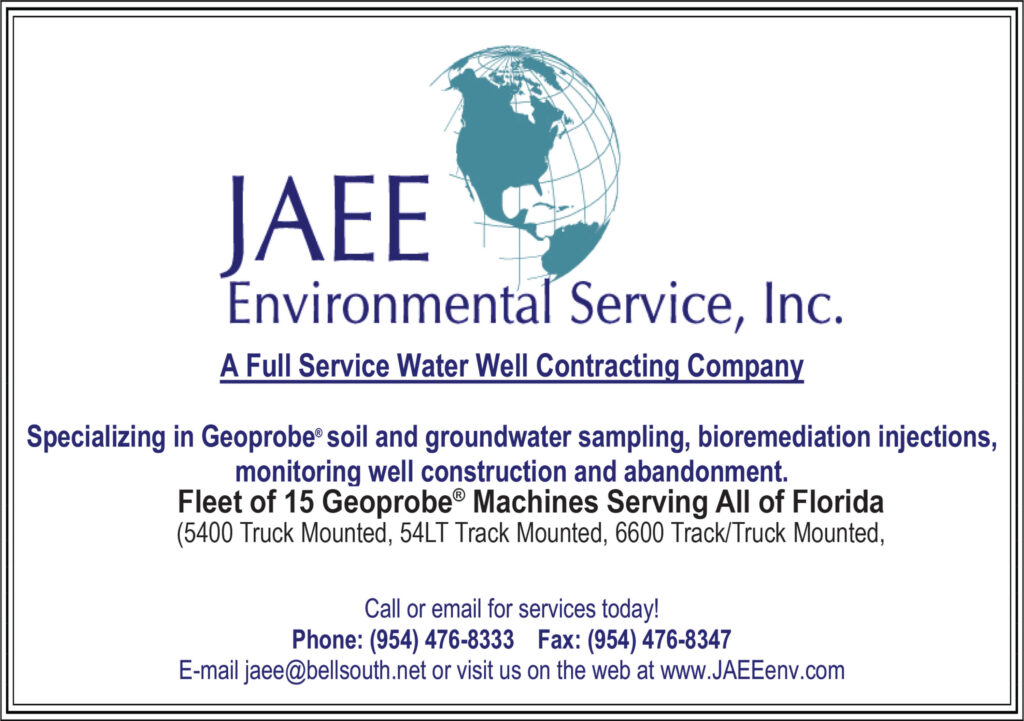By ADAM TANK,
Chief Customer Officer,
Transcend Software

The future of water already exists…satellites that can detect underground leaks, solar panels that pull water out of desert air, wastewater treatment plants in the bottom of high-rise buildings churning out fertilizer… and hundreds (if not thousands!) of others.
Truly world-changing innovations. Innovations that can secure the future of water for people all over the world. But very few of these technologies will ever scale in a meaningful way… and some may never see the light of day beyond a few pilot projects or bench-top studies.
Why is that?
In a world where we can summon tacos on demand but 1 in 4 people don’t have access to safe drinking water, why won’t these world-changing technologies go on to massive commercial and societal success?
The going consensus is that water is radically underpriced, and without a higher price point we’ll never see large scale investment into the sector and into technologies that can save, reuse, and repurpose water and wastewater.
As a simple exercise — imagine how much money would funnel into the water sector if a barrel of water was valued at an equivalent price to a barrel of oil. ($0.12 vs. $79.44 at the day I write this). On average, 91 billion gallons of water are lost through drinking water supply networks every day across the globe.
There’d be a global financial meltdown and cry for massive infrastructure investment if 91 billion gallons of oil were ‘lost’ every day (ecosystem impacts notwithstanding)!
However, even if the price of water were to drastically increase, there’s a more subtle, less talked about reason why many of these innovative water technologies don’t make it ‘big time.’
It’s a lesson I learned in 2015 when I was responsible for crafting a go-to-market strategy for General Electric’s Water division, with a specific focus on innovative water technologies.
In this case, the focus was on what’s called ‘non-revenue water’ and what opportunities might exist to help public and private companies keep track of leaks, inaccurate metering, and other sources of water loss in a given water distribution system.
A GE Transportation colleague sent us an email and mentioned that one of their railroad customers was having trouble with significant water-loss on their railyard site and wondered if we could help. Since I had spent about six months scouring the world for cutting edge leak detection technologies, I was confident we could find a solution.
A co-worker of mine and I headed off to this small town in the southeastern U.S. with plenty of lofty goals and thoughts about how we’d save this railyard’s ailing water situation.
Once on-site, we were introduced to the site manager — a humble, small town guy — who took us on a private, three-hour facility tour explaining the intricacies of where water was used in almost every part of his railyard operation.
When we approached the topic of water-loss, the site manager explained that for months they couldn’t account for a million gallons a day (and he was not exaggerating) of fresh water being ‘lost.’ They knew there was a leak in an underground pipe on site because the sub-basement of one of their buildings had a river running through it, but had no idea where the actual leak was.
Being the brilliant technologist I thought I was, I immediately started asking what kinds of leak detection devices they’d tried. Acoustics? Robots? Satellites? The site manager brushed me off and very matter-of-factly said they had called in all kinds of ‘experts’ that used “fancy technology” to try to locate the source of the leak. They used acoustic loggers, in-pipe sensors, GIS applications, and a host of others.
I stood there dumbfounded.
How was it that none of these incredible technologies I had been learning about for MONTHS weren’t able to solve his problems?
Imagine my surprise — and the look on my face — when he then told us (quite proudly, I might add) that he “brought in a water witcher for a couple hundred bucks and he walked around the site for about an hour and when his rods crossed, they dug right down and sure enough the broken pipe was right there.”
Yes — a freakin’ water witcher.
For the uninitiated, the practice of “divining water,” “water witching,” or “water dowsing” is alive and well in many parts of the world.
The premise is simple — by holding a forked stick, or in more advanced applications, two copper rods, one is able to locate underground water sources through the power of magnetism, physics, science, luck, and/or whatever other combination of ‘skills’ are required to become a practitioner.
Sound crazy? I thought so too. But some estimates show that there are more than 60,000 active water witchers in the U.S. alone … more commonplace than I ever would’ve imagined!
Assuming our friend at the railyard was telling the truth, the fact the high-tech didn’t work but the “old school” method was flawless was astonishing to me. As I reflected on my experience that day, and with my tail between my legs, I crawled back to my cube at GE HQ and wondered if all this cool technology I’d been learning about was a giant waste of time.
The experience in the railyard taught me a very important lesson. One that has stuck with me for more than 10 years in the water industry.
It’s simply this — that people in charge of our water systems don’t care about the technology, they care about the outcome. They need their problems solved so they can continue providing water to communities 24/7.
The site manager didn’t care about the technology. He just wanted to use what worked.
In the water industry failure is not an option. People ingest what we produce. Society as we know it literally cannot survive without water.
So, water utilities, consultants, technology providers, and everyone in between needs to remember this — whatever we do, never forget our mission: to protect public health. If technology can help, great. But above all … the solution just needs to work.●
Adam Tank is Chief Customer Officer at Transcend Software. You can write to him at atank@transcendinfra.com.












































